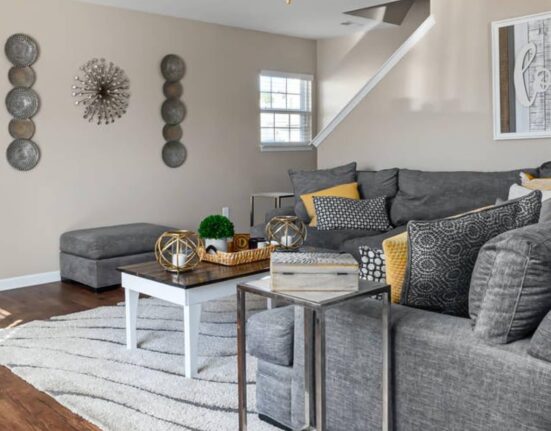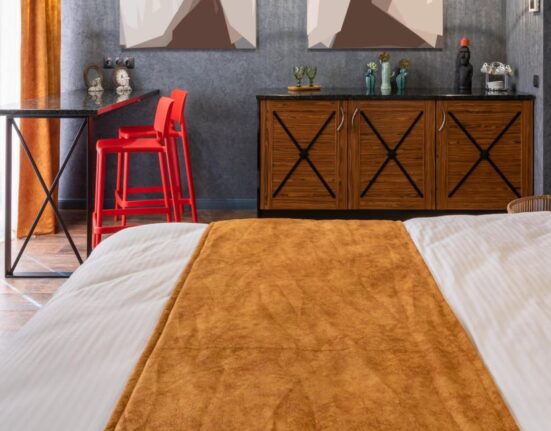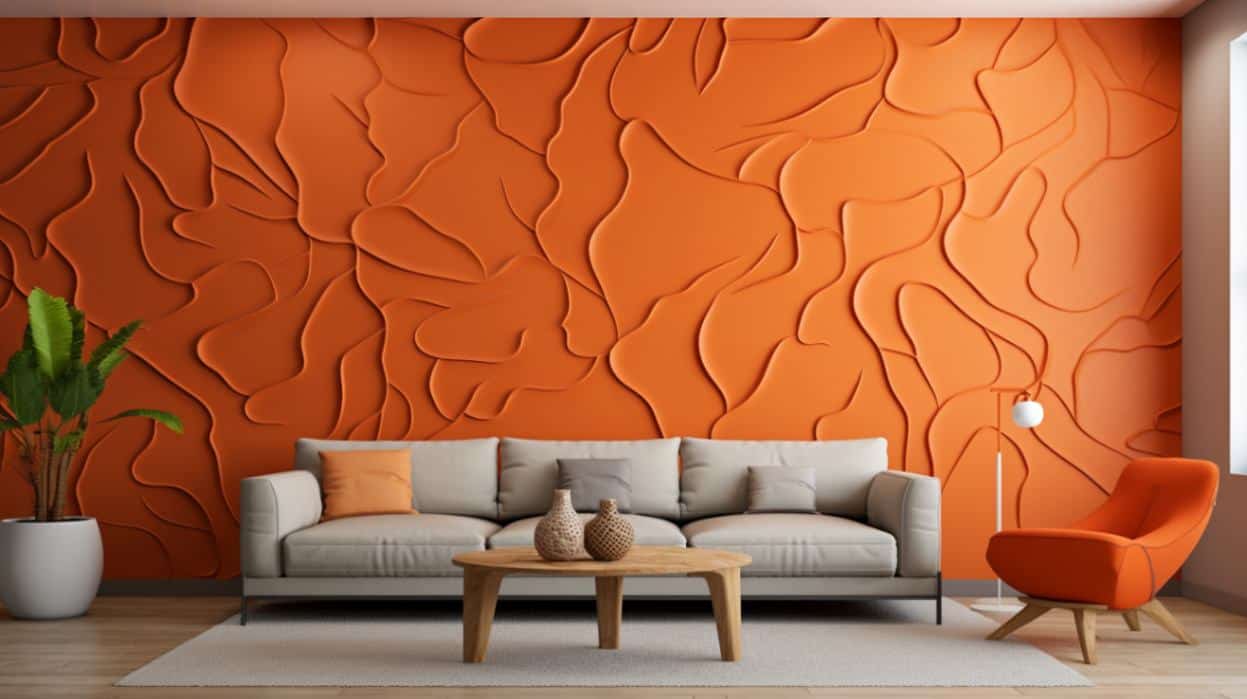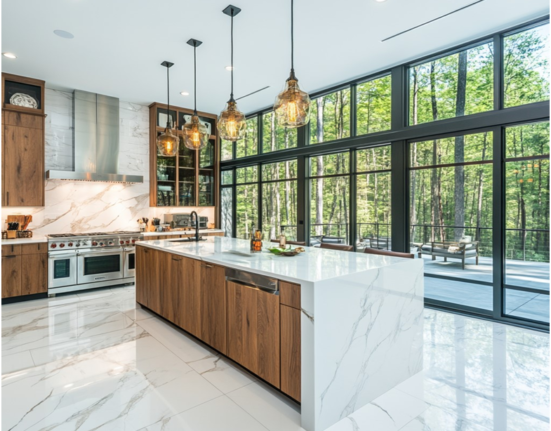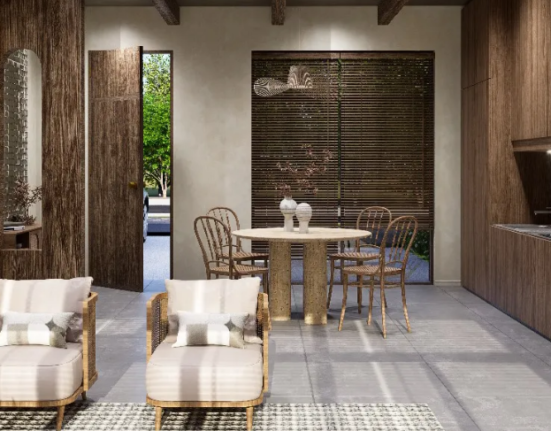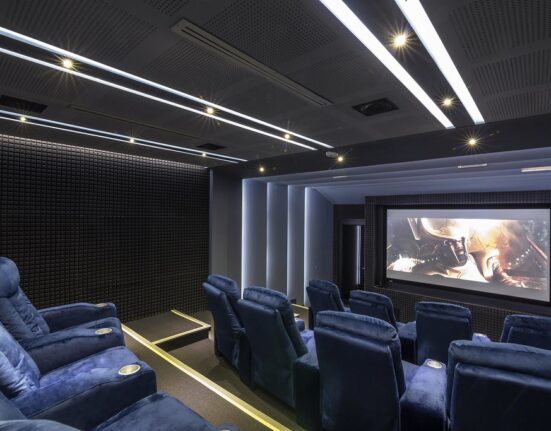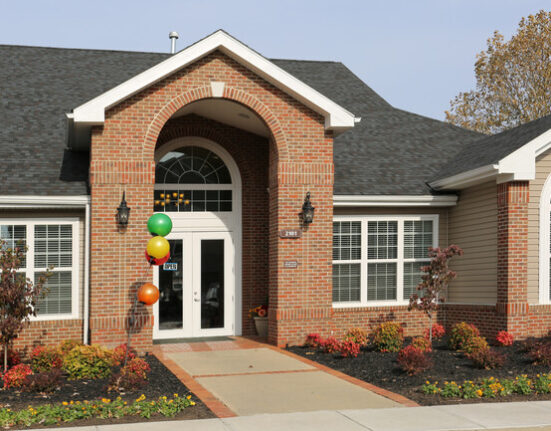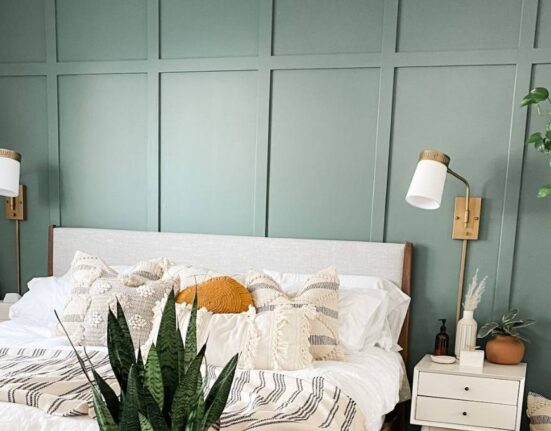The Tale of a Home Makeover
In the quiet suburbs of Lichfield, the Johnson family decided it was time for a home makeover. They envisioned a space that would blend modern aesthetics with a touch of classic elegance. While choosing new furniture and wall colors was relatively straightforward, they needed clarification about the ceiling. Should they go for a smooth finish, or could a textured ceiling add the flair they were looking for? This question led them through various textured ceiling types, each offering unique benefits and aesthetic appeal. Their exploration transformed their living room and opened their eyes to the fascinating world of ceiling textures.
Types of Textured Ceilings
Textured ceilings can add depth, character, and a unique aesthetic to any room. Below are some popular textured ceilings, each with its characteristics and benefits.
- Popcorn Ceilings
Description: Popcorn ceilings, or acoustic ceilings, have a bumpy, cottage cheese-like texture. This type became popular in the mid-20th century.
Advantages:
- Acoustic Properties: Excellent at dampening sound, making them ideal for apartments and homes with high ceilings.
- Hiding Imperfections: Great for concealing ceiling imperfections and minor damage.
Disadvantages:
- Difficult to Clean: The texture can accumulate dust and cobwebs, making cleaning challenging.
- Outdated Look: Considered outdated by many modern homeowners.
Statistics: According to a National Association of Home Builders (NAHB) survey, 30% of homeowners with popcorn ceilings plan to remove them within the next five years.
- Knockdown Ceilings
Description: Knockdown ceilings have a texture that resembles stucco. This texture is achieved by applying a joint compound and then “knocking down” the peaks with a trowel.
Advantages:
- Aesthetic Appeal: Provides a more modern look compared to popcorn ceilings.
- Durability: Resistant to cracking and chipping.
Disadvantages:
- Application Complexity: Requires professional application for best results.
- Cleaning: Easier to clean than popcorn ceilings but still more challenging than smooth ceilings.
Statistics: A study by HomeAdvisor found that homes with knockdown ceilings sell 3% faster than those with popcorn ceilings.
- Orange Peel Ceilings
Description: Orange peel ceilings have a subtle, dimpled texture that resembles the skin of an orange. This texture is created by spraying a mixture onto the roof.
Advantages:
- Modern Look: Offers a contemporary aesthetic.
- Easy Application: Easier to apply than knockdown or popcorn textures.
Disadvantages:
- Repair Issues: Matching the texture for repairs can be complex.
- Maintenance: Prone to accumulating dust in the dimples.
Statistics: According to a report by Zillow, 40% of newly constructed homes in 2023 featured orange peel ceilings.
- Skip Trowel Ceilings
Description: Skip trowel ceilings have a rough, artistic look achieved by applying thin layers of joint compound with a trowel in a skipping motion.
Advantages:
- Unique Aesthetic: Offers a unique, hand-crafted look.
- Conceals Imperfections: Excellent at hiding ceiling flaws.
Disadvantages:
- Labor-Intensive: Requires skilled application.
- Inconsistent Texture: Variations in the texture can occur, making repairs noticeable.
Statistics: The popularity of skip trowel ceilings has grown by 15% over the past decade, according to a study by Remodeling Magazine.
- Swirl Ceilings
Description: Swirl ceiling feature patterns are created by swirling a trowel through a wet joint compound. The result is a series of concentric circles or fan-like designs.
Advantages:
- Decorative Appeal: Adds a decorative element to the ceiling.
- Customizable: Patterns can be customized to suit individual tastes.
Disadvantages:
- Complex Repairs: Matching the original swirl pattern can be challenging.
- Labor-Intensive: Requires a skilled professional for best results.
Statistics: Homes with swirl ceilings have a 5% higher resale value on average, according to a survey by the National Association of Realtors (NAR).
Benefits of Textured Ceilings
- Acoustic Properties: Textured ceilings can help absorb sound, reducing noise levels in a room.
- Aesthetic Appeal: They add visual interest and depth, enhancing the overall design of a space.
- Concealment: Effective at hiding imperfections, such as cracks, stains, or uneven surfaces.
- Value Addition: Certain textures can increase the resale value of a home by providing a unique, customized look.
Conclusion: Choosing the Right Texture
The Johnson family discovered that the right ceiling texture can significantly impact a room’s ambiance and functionality. Whether opting for the classic charm of a swirl ceiling or the modern elegance of an orange peel texture, each option offers distinct advantages. By understanding the characteristics and benefits of each type, homeowners can make informed decisions that align with their aesthetic preferences and practical needs.
In their quest for the perfect ceiling, the Johnsons chose a knockdown texture, appreciating its modern appeal and durability blend. This choice transformed their living space and added a personalized touch to their home, making it a true reflection of their style and personality.




